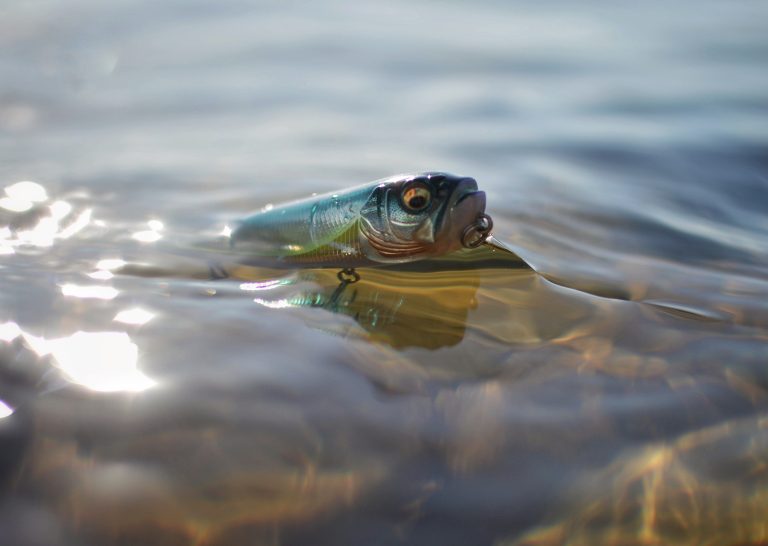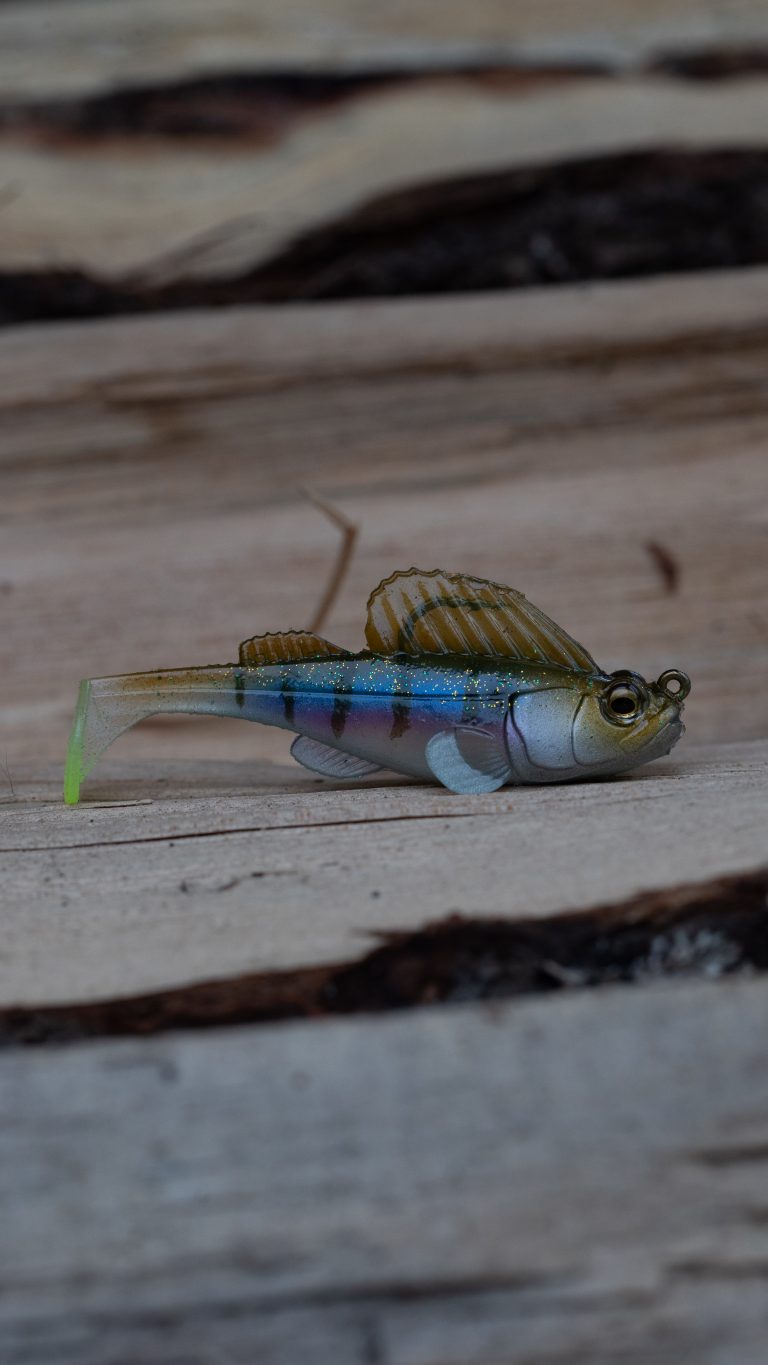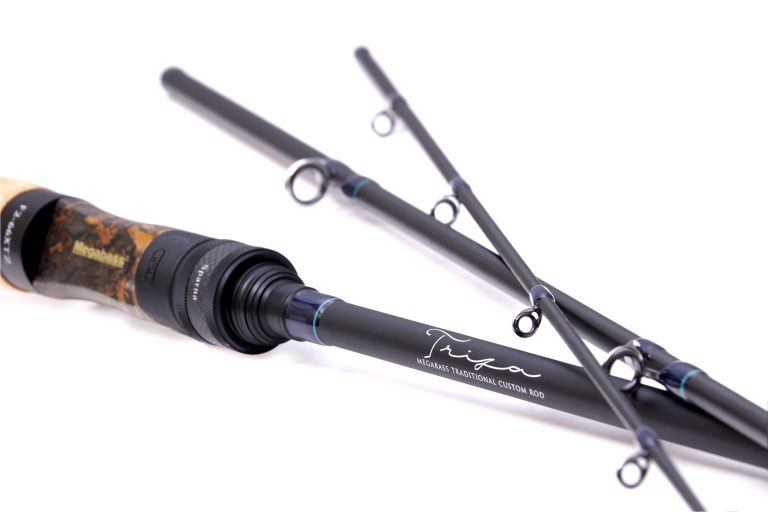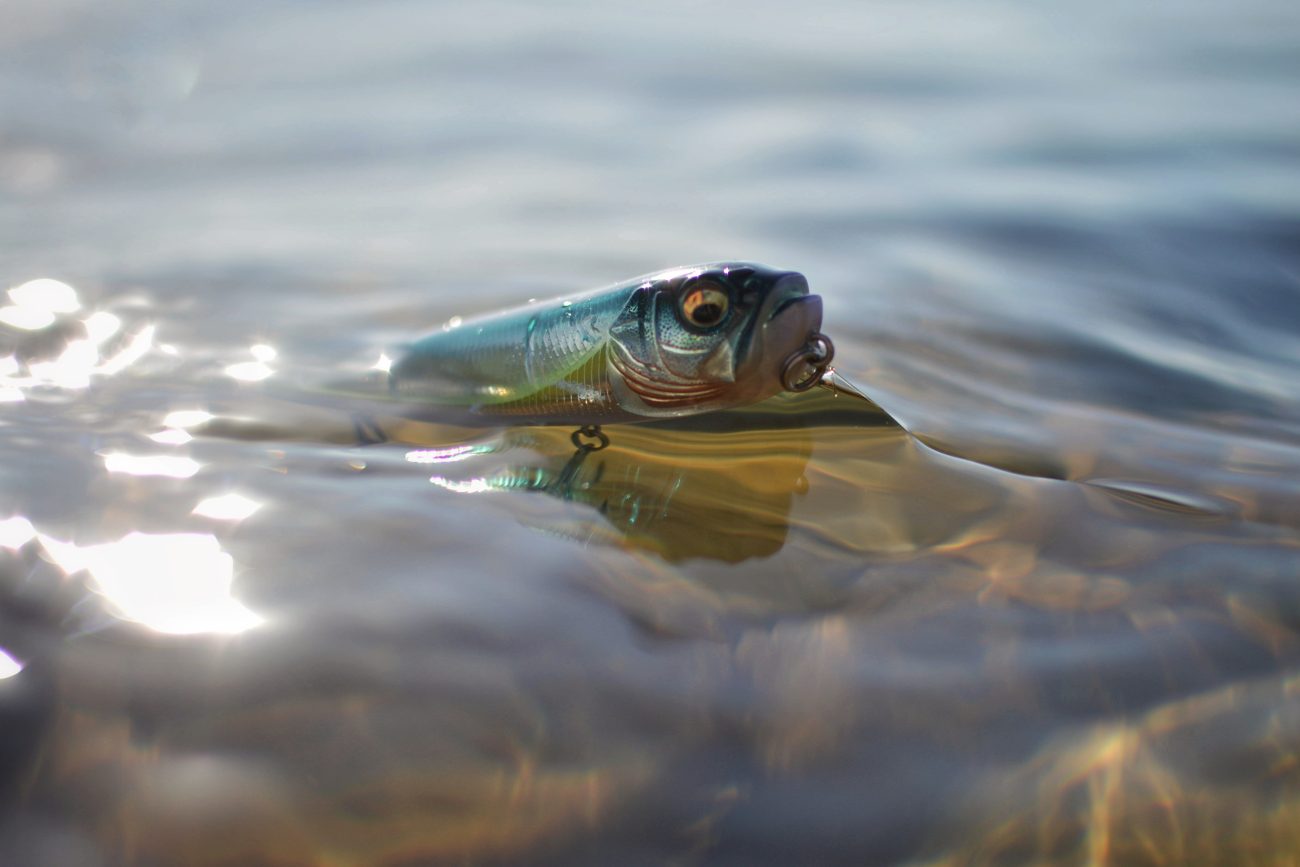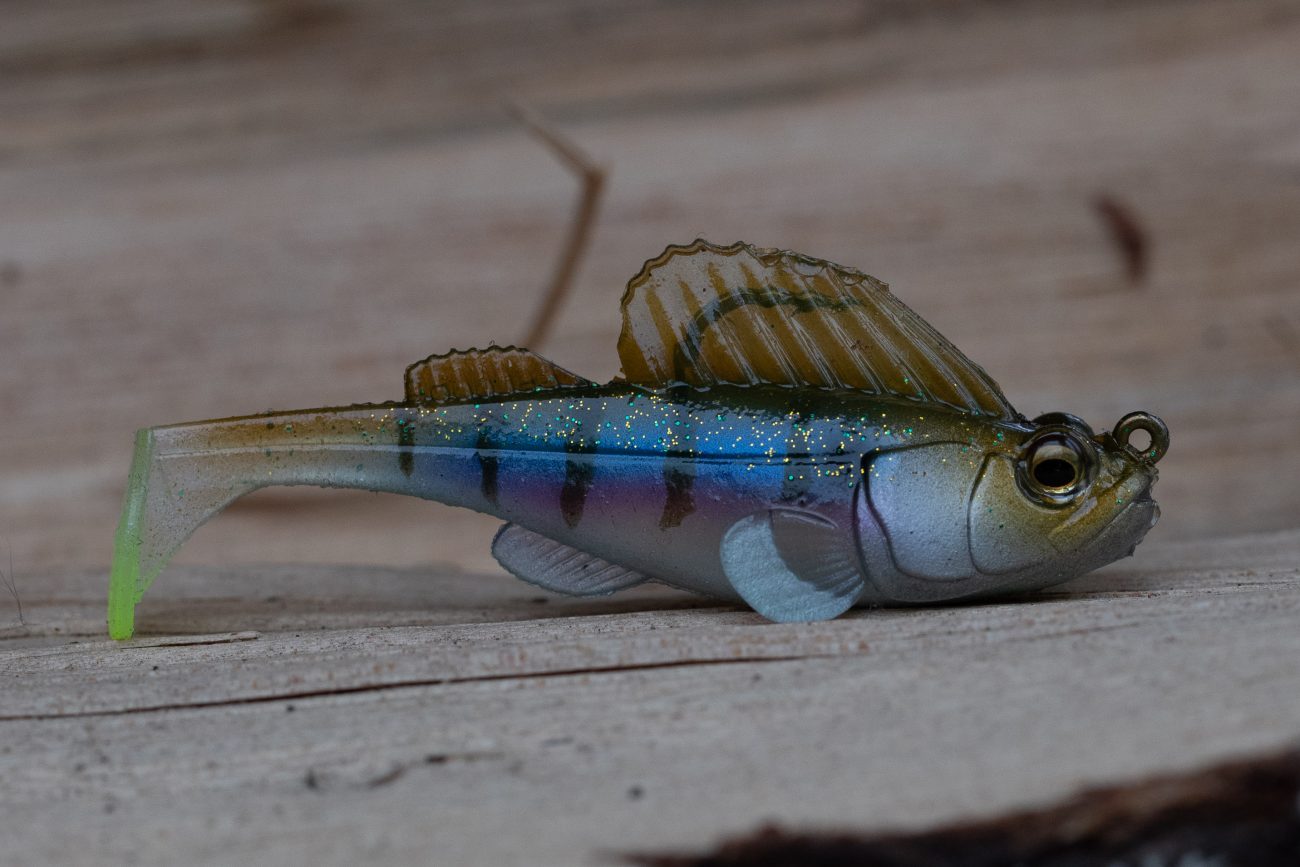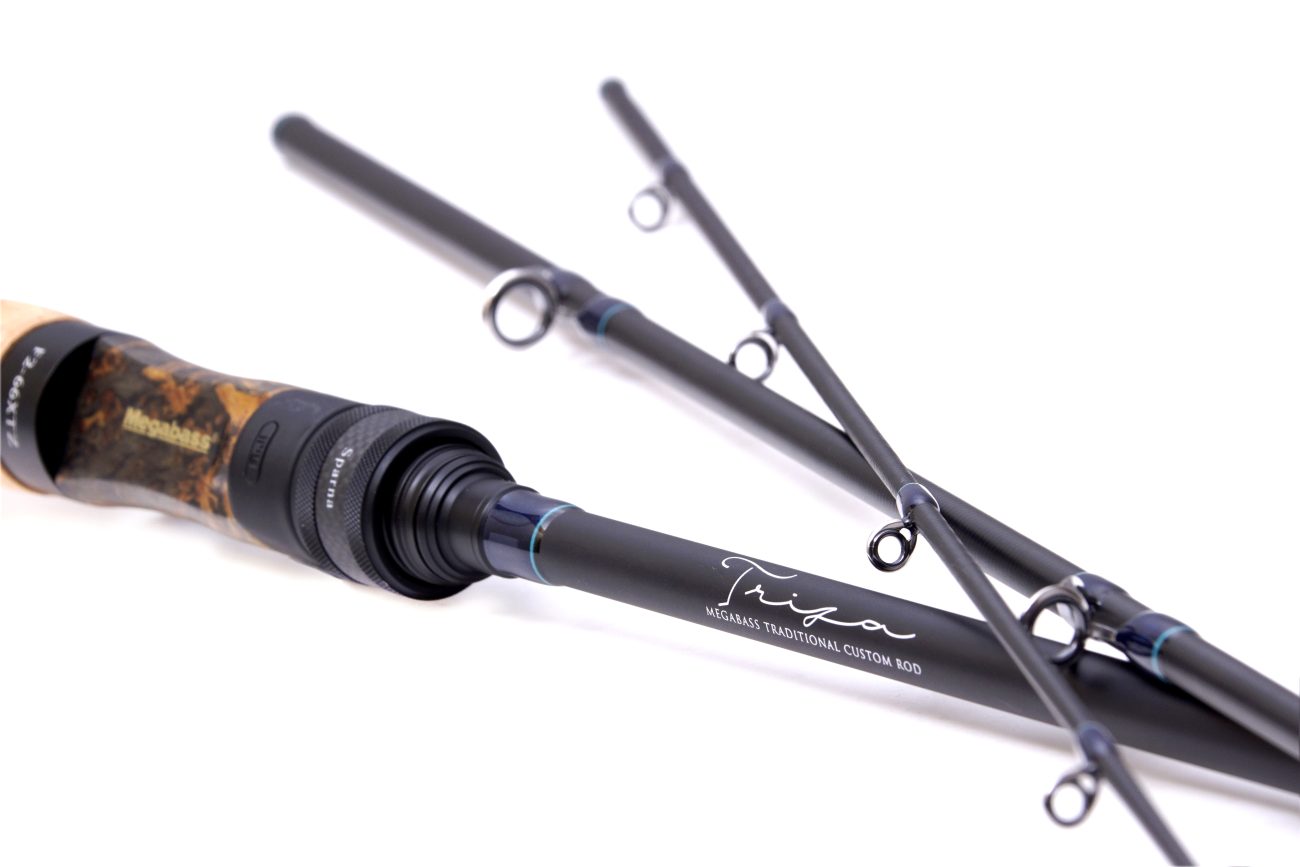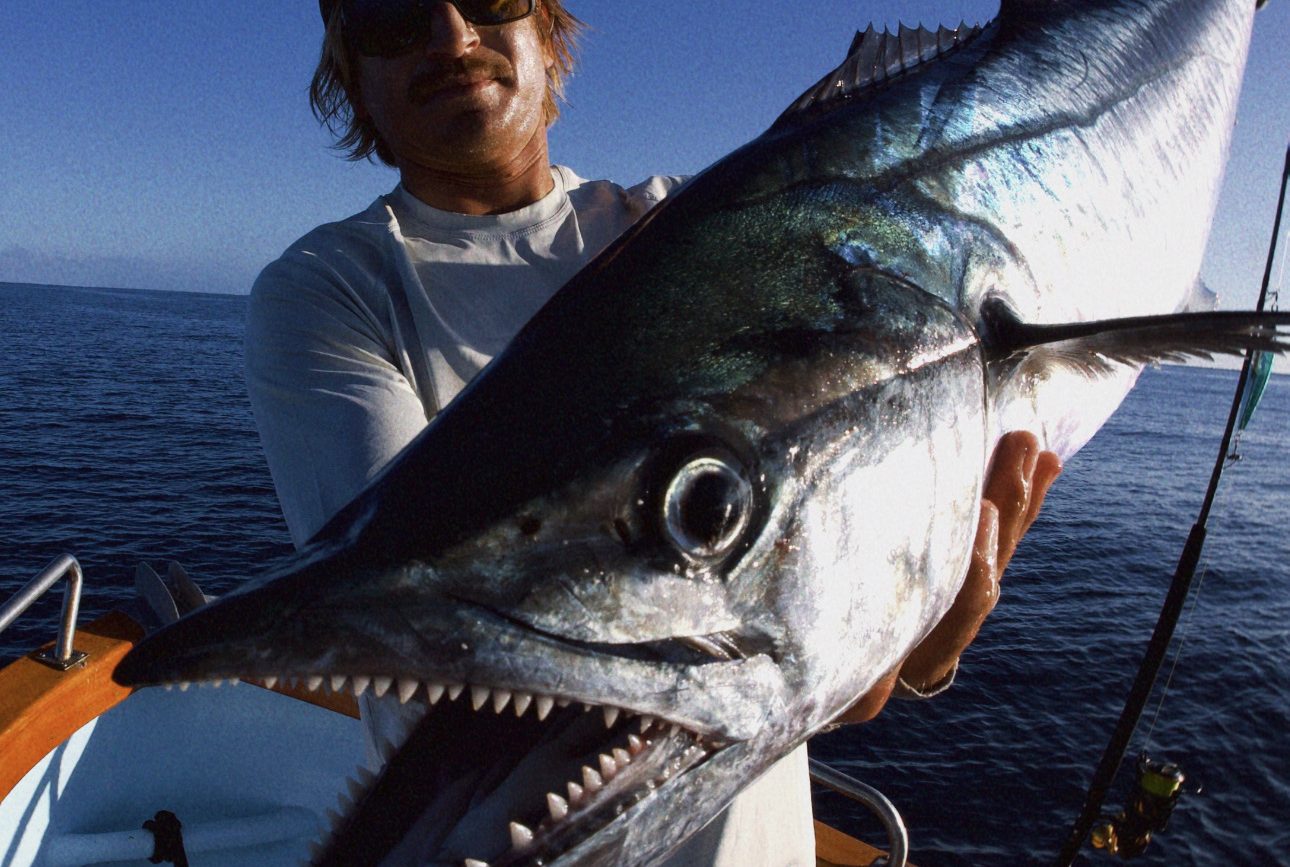While squarebill crankbaits are deadly in the pre-spawn and once again in the fall, plenty of anglers overlook their power in the late spring window. These baits are a consistent producer even as the bass wrap up spawning duties and settle into their post-spawn patterns. Top pros like Chris Zaldain and Edwin Evers know that squarebill crankbaits have a permanent spot on their decks, no matter the season.
Why Squarebill Crankbaits Shine After the Spawn
As bass across the country wrap up their spawn and transition to deeper summer haunts, bluegills become both a pesky rival and a prime food source. Nothing imitates a chunky bluegill better than a fat-bodied, shallow-diving squarebill crankbait.
“There are always plenty of bluegills present when the largemouths are making their beds,” said California pro Chris Zaldain. “And then they’ll be making beds of their own or staging and eating bass fry. I target those areas.”
Bluegills stay tight to cover—dock posts, bushes, or laydowns—and the squarebill crankbait, with its deflecting bill and four-wheel drive action, shines in these tricky scenarios.
Bluegill Imitators for Aggressive Bass
Zaldain explains that in these post-spawn conditions, he picks up the pace. “Those shallow bass are pissed off at the bluegill because they share the same space,” he said. “I don’t want to give them a chance to think about it. I want them to commit to it.”
Edwin Evers, winner of the 2016 Bassmaster Classic, shared a similar view on retrieve speed and conditions: “If it’s clearer, I go faster, and if it’s muddy, I go slower,” he said. While spinnerbaits and swim jigs are common around these fish, Evers often finds that the ultra-natural look of a precision-painted hard bait can out-fish them substantially in clearer water. He also noted that squarebill crankbaits are deadly around shad spawns, another scenario that’s typical in late spring.
Choosing the Best Squarebill Crankbaits for Late Spring
Both pros have moved from balsa squarebills to modern plastic models. “With balsa, you may need to go through 15 to get one decent one,” Evers said. “Also, they’re far less durable. One bad cast, and it’s done. That’s important because the biggest mistake I see people make with these lures is that they don’t throw it in the heavy cover. Remember, these baits will go through almost anything.”
For their everyday cranking, Zaldain and Evers trust squarebill crankbaits, such as the Megabass S-Crank 1.2 and 1.5. These squarebills match the size of early-season bluegills perfectly. Around bluegill, Black Back Chart and Biwako Seethrough Chart are go-to colors, while in clearer water, more natural shades like Secret Gill and Sexy French Pearl are preferred.
When to Switch to the Knuckle LD for True-Tracking
Like the balsa predecessors, the S-Crank squarebill crankbaits hunt erratically, creating a natural fleeing action. But Zaldain is quick to note that if he’s “throwing down a narrow lane in the grass or in some other environment where hunting will be more of a hindrance than a benefit,” he’ll switch to the Megabass Knuckle LD, which he calls “very true-tracking.”
Evers also reaches for the S-Crank 2.0, a larger 3-inch, 1-ounce squarebill crankbait, when he needs a bigger bite or two to push him to the top of the leaderboard. “That’s not just on big bass factories like Sam Rayburn, Falcon and Guntersville, but also on northern waters,” he said.
Essential Gear and Techniques for Squarebill Success
Both Evers and Zaldain prefer 12- to 20-pound fluorocarbon when fishing squarebill crankbaits. Unlike mono, which has more stretch and a larger diameter, fluorocarbon helps these squarebill crankbaits get to the perfect depth and stay there. Adjusting line size can help tweak the diving depth to dial in exactly where the bass are holding.
Zaldain emphasized the importance of getting that bait down into the cover: “If you’re not bumping and grinding, you’re simply not getting bit,” he said. “Try to get the bait snagged. These baits are excellent at deflecting off cover. That’s when your strikes will come.”
For reels, Zaldain likes a 6.2:1 gear ratio to control the bait’s speed and ensure that he’s not moving it too quickly. Evers often uses a 7:1 or even an 8:1 reel once the water warms up. Both anglers agree that a moderate action rod is essential—too stiff, and you’ll lose fish at the boat.
“I mostly use a 7-foot Orochi XX Flat Side Special,” Zaldain says. “I’m looking for a slow, moderate action. I want the whole rod to load.” Because many of his squarebill crankbait casts are short and cover-oriented, he needs that rod to absorb the shock when a bass slams the bait at close range.
Keep Your Squarebill Crankbaits Handy
Evers summed it up best: “They’re in my boat pretty much all the time.” Whether you’re chasing aggressive post-spawn bass around fry guarders, working a bluegill spawn, or need a reliable shallow crankbait that won’t hang up in cover, squarebill crankbaits are a go-to for consistent springtime action.

